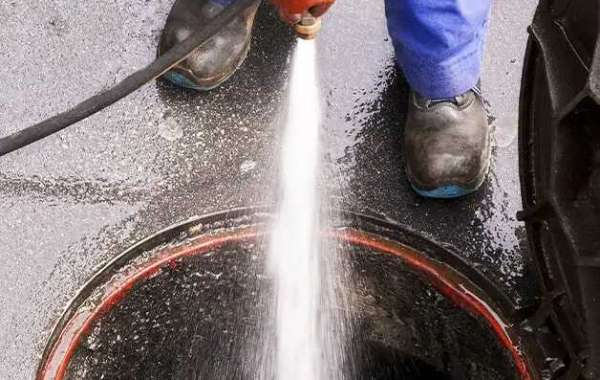Sewer lines are an essential but often overlooked part of any home. Over time, the sewer lines in older homes can start to deteriorate and develop issues that may require repair or replacement. Addressing sewer line problems in older homes can help prevent much larger and more disruptive problems down the road. In this blog post, we’ll look at some of the common sewer line issues in older homes and steps you can take to address them. Revitalize your plumbing system with professional sewer drain cleaning for optimal performance.
Clogs and Blockages
One of the most common sewer line problems in any home, including older homes, is clogs and blockages. Over time, grease, tree roots, and other debris can build up and cause full or partial blockages in sewer pipes. Partial blockages can slow drainage from fixtures and cause gurgling sounds, while full blockages can lead to backups and overflows. If you notice slow drains or sewage backing up, there is likely a clog or blockage in your sewer line. Having the line professionally cleaned using hydrojetting or augering can help clear out the grease, roots, and debris. For stubborn clogs, you may need to have pipes inspected with a sewer camera to identify and remove blockages. Preventative maintenance like annual sewer cleaning can help avoid future clog headaches.
Pipe Deterioration and Leaks
Sewer pipes in older homes may start to corrode, crack, and develop leaks over time. Cracks allow roots, groundwater, and dirt to infiltrate the pipes and cause further damage. Signs of leaky pipes include sewage odors in the yard, visible pooling of water, mushy or sinking spots in the lawn, and basement flooding that isn't weather-related. Inspecting and repairing any compromised sewer pipes is crucial to prevent ground settling, backups, and contamination. Based on the severity, pipes may need to be patched, sealed with epoxy, or completely replaced.
Improper Slope and Drainage
Sewer lines require the right slope and drainage to use gravity to efficiently carry away waste. In older homes, sewer pipes may have shifted or developed sagging spots where waste can collect. Signs include gurgling noises, slow draining fixtures, and frequent sewage backups. A video inspection can identify low spots or bellies in the line. Depending on the severity, repairs may involve re-sloping the line or installing a grinder pump to effectively pump up and out waste.
Outdated Materials
really old homes may have sewer lines made from obsolete materials like clay tile or lead. These materials are prone to cracking, breaking, and root infiltration over time. Replacing decaying, outdated pipes with modern PVC plastic or copper pipes can prevent further damage and improve functionality. Signs you may have outdated drain lines include recurring clogs, sewage backups, and pieces of broken pipe appearing.
Tree Root Invasion
One of the biggest threats to sewer lines on any property are tree roots. Root systems from nearby trees naturally seek out any cracks or openings in pipes. Over time, small roots can grow large enough to cause full blockages. Tree roots also enlarge cracks, break pipe joints, and push pipes out of place. The only way to stop invasive roots is to remove the trees or cut and grind away the roots, followed by repairing any pipe damage. Signs of root invasion include slow drains, sewage surfacing in the yard, and roots visible in the drain line.
Conclusion
Sewer line problems can turn into plumbing nightmares if left unaddressed in older homes. Staying aware of signs like slow drains, backups, and sewage odors can help detect issues early before they escalate. Taking preventative measures like cleaning, inspections, removing problem trees, and replacing worn pipes can also help minimize problems. Addressing sewer issues promptly, even if repairs seem costly, is crucial for preventing extensive property damage and preserving homeowner sanity. With the right plumbing professional, you can keep your older home's sewer line running properly for years to come.










